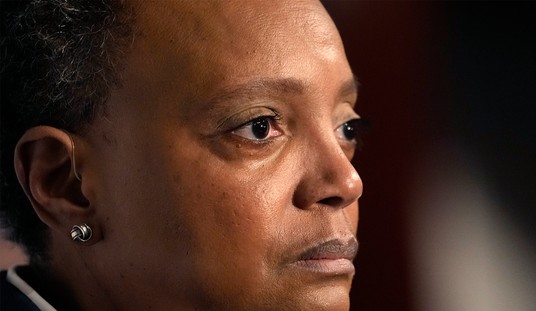Back in 2002, we linked to a Los Angeles Times story that a lack of family-oriented attractions was hurting the San Francisco tourist industry.
But San Francisco has a deeper problem–a lack of families themselves. James Taranto writes:
“San Francisco has the smallest share of small-fry of any major U.S. city,” the Associated Press reports. “Just 14.5 percent of the city’s population is 18 and under.” The AP dispatch attributes the small number of children to high housing costs and Frisco’s high prevalence of nonprocreative sexual orientations. Not mentioned is the Roe effect. The AP also describes how the city is responding:
Determined to change things, Mayor Gavin Newsom has put the kid crisis near the top of his agenda, appointing a 27-member policy council to develop plans for keeping families in the city. . . .
Newsom has expanded health insurance for the poor to cover more people under 25, and created a tax credit for working families. And voters have approved measures to patch up San Francisco’s public schools, which have seen enrollment drop from about 62,000 to 59,000 since 2000.
One voter initiative approved up to $60 million annually to restore public school arts, physical education and other extras that state spending no longer covers. Another expanded the city’s Children’s Fund, guaranteeing about $30 million a year for after-school activities, child care subsidies and other programs.
So the lack of children is a reason to spend more taxpayer money on schools and other programs for kids. If there were more kids, would that be a reason to spend less? The question answers itself, doesn’t it? As Ronald Reagan once observed, “No government ever voluntarily reduces itself in size. Government programs, once launched, never disappear. Actually, a government bureau is the nearest thing to eternal life we’ll ever see on this Earth.”
Meanwhile, in a piece titled “Affordable Family Formation”, (found via Mickey Kaus) Steve Sailer writes that the three words in his title are the difference between metropolises in red states and blue states. Even beyond its political impact, virtually everything in Sailer’s post is applicable to San Francisco’s current lack of small fry.
Europe as a whole is undergoing a similar situation. A Mark Steyn column in England’s Telegraph back in March eerily foreshadowed reports of San Francisco’s microcosmic version of generational contraction (why yes, that is a mouthful!):
When I’ve mentioned the birth dearth on previous occasions, pro-abortion correspondents have insisted it’s due to other factors – the generally declining fertility rates that affect all materially prosperous societies, or the high taxes that make large families prohibitively expensive in materially prosperous societies. But this is a bit like arguing over which came first, the chicken or the egg – or, in this case, which came first, the lack of eggs or the scraggy old chicken-necked women desperate for one designer baby at the age of 48. How much of Europe’s fertility woes derive from abortion is debatable. But what should be obvious is that the way the abortion issue is framed – as a Blairite issue of personal choice – is itself symptomatic of the broader crisis of the dying West.
Since 1945, a multiplicity of government interventions – state pensions, subsidised higher education, higher taxes to pay for everything – has so ruptured traditional patterns of inter-generational solidarity that in Europe a child is now an optional lifestyle accessory. By 2050, Estonia’s population will have fallen by 52 per cent, Bulgaria’s by 36 per cent, Italy’s by 22 per cent. The hyper-rationalism of post-Christian Europe turns out to be wholly irrational: what’s the point of creating a secular utopia if it’s only for one generation?
Good question.










Join the conversation as a VIP Member